Last updated on July 3rd, 2025 at 06:00 pm
- Alternates hot and cold water treatments to stimulate healing
- Reduces pain, swelling, and inflammation effectively
- Boosts circulation through vasodilation/vasoconstriction
- Safe for home use with just two containers and water
Contrast bath therapy (also called hot and cold water therapy) is a simple yet effective way to relieve hand and foot swelling. It involves dipping the treating body part into cold and hot water alternately, but we must know the proper method for doing it.
The proportion of time we need to dip in different temperatures affects the procedure’s outcome. We have already discussed how hot packs and cold therapy (cryotherapy) treat painful conditions.
But there are some conditions where only the application of a warm or cold pack will not work; we need a contrast bath. In this article, we will discuss how a combination of both hot and cold packs is effective in treating different conditions.
We will also learn the proper process of application of a contrast bath.
Table of Contents
What is Contrast Bath Therapy?
Definition: Ice bath therapy is commonly used to treat acute injuries and prevent swelling and inflammation immediately after the injury. However, applying hot and cold temperatures in an alternating manner can have a very different effect on our bodies. This process is known as ‘contrast bath’ or ‘hot & cold bath’.
How it differs from regular hot/cold therapy
Contrast baths involve immersing the affected body part alternately in hot and cold water for a specified temperature, time, and duration to therapeutically decrease oedema, stiffness, and pain1.
To achieve the desired effect, it is essential to follow the proper hot and cold bath protocol.
For instance, if the goal is to reduce swelling/oedema, a particular protocol needs to be followed, and if the aim is to reduce pain, then it will have a different protocol. So, what is the method of applying hot and cold baths?
How contrast bath therapy works
When we immerse a part of our body in hot water, it causes vasodilation. Vasodilation is the expansion of blood vessels and increases blood flow.
On the other hand, a cold bath causes vasoconstriction, which is the constriction of blood vessels, resulting in decreased blood flow. This means that a hot bath increases blood flow to the exposed body part while a cold bath decreases it.
When we expose our body parts to alternate warm and cold temperatures, it causes alternate vasodilation and vasoconstriction. This produces vascular exercise which is highly beneficial in reducing oedema or swelling.
How to Do Contrast Bath Therapy for Swelling & Pain Relief
Step-by-step guide to alternating hot and cold water therapy for reducing inflammation and improving circulation.
Steps to configure the How-to Schema:
Fill two containers – one with hot water (104°F/40°C) and another with cold water (45-70°F/7-21°C). Ensure temperatures are safe.
Immerse the affected area (hand/foot) in hot water for 3-4 minutes. This causes vasodilation to increase blood flow.
Switch to cold water for 1 minute. This triggers vasoconstriction to reduce inflammation.
Repeat the cycle (3-4 mins hot → 1 min cold) for 15-20 minutes. End with cold for swelling or warm for arthritis pain.
Benefits of Contrast Bath Therapy
Contrast bath therapy offers a unique combination of physiological benefits and practical advantages, making it a go-to treatment for both patients and athletes. Below, we break down its key benefits, backed by science and real-world application.
Clinical Benefits
- Reduces Edema (Swelling)
- How It Works: The alternating hot-cold cycles create a “vascular pump” effect—hot water dilates blood vessels, while cold water constricts them. This rhythmic action helps flush out excess fluid and reduce swelling.
- Scientific Support:
- A 2017 study in the Journal of Clinical and Diagnostic Research found that contrast baths significantly reduced post-fracture edema compared to cold therapy alone.
- Another study in Physiotherapy Theory and Practice (2019) reported improved lymphatic drainage in post-surgical patients using contrast hydrotherapy.
- Improves Circulation
- Mechanism: Heat increases blood flow (vasodilation), delivering oxygen and nutrients to tissues, while cold prevents excessive inflammation.
- Who Benefits Most:
- People with poor circulation (e.g., mild peripheral artery disease).
- Athletes recovering from muscle fatigue (enhances recovery by clearing metabolic waste).
- Decreases Pain and Stiffness
- For Chronic Conditions:
- Arthritis patients experience reduced joint stiffness (especially when ending with warm water).
- Tendonitis sufferers report less discomfort due to reduced inflammation.
- For Chronic Conditions:
Practical Benefits
Adjustable temperature and timing ratios (e.g., 4:1 for swelling, 1:1 for recovery).
Safe for Home Use
- Minimal Equipment Needed: Just two containers, a thermometer, and water.
- Low Risk: Unlike medications, it has no side effects when done correctly (assuming no contraindications).
- Ease of Use: Simple enough for elderly patients or post-surgery rehab at home.
Cost-Effective
- Saves Money: No expensive devices or clinic visits required.
- Long-Term Value: Reusable and adaptable for hands, feet, elbows, or knees.
Non-Invasive and Drug-Free
- Ideal for those avoiding NSAIDs (e.g., ibuprofen) or steroid injections.
- Complements other therapies like physiotherapy exercises or acupuncture.
Conditions Treated by Contrast Baths
Contrast bath therapy is a versatile treatment used by physiotherapists and athletes to manage various conditions. Here are the most common issues it can help with:
1. Post-Injury Swelling (e.g., After Fractures)
- How It Helps:
- Alternating hot and cold water stimulates blood flow and lymphatic drainage, reducing lingering edema (swelling) from sprains, strains, or fractures.
- Particularly effective for hand swelling after a Colles’ fracture or ankle edema post-sprain.
- Protocol:
- Start 4–5 days post-injury (after acute inflammation subsides).
- Use a 3:1 ratio (hot 3–4 mins, cold 1 min) for 15–20 minutes.
- Always end with cold water to minimize residual swelling.
2. Post-Surgical Edema
- Common Uses:
- Reduces swelling after knee/hip replacements, carpal tunnel surgery, or soft tissue repairs.
- Why It Works:
- The “vascular pumping” action (vasodilation/vasoconstriction) prevents fluid buildup without overloading the healing area.
- Precautions:
- Wait until stitches are removed and the incision is fully closed.
- Avoid if you have venous insufficiency (consult your surgeon first).
3. Arthritis Pain (End with Warm Water)
- Best For:
- Osteoarthritis (knees, hands) and rheumatoid arthritis (during non-flare periods).
- Key Adjustment:
- End with warm water (not cold) to relax stiff joints and improve mobility.
- Protocol:
- Hot water: 3–4 mins (loosens stiffness).
- Cold water: 1 min (reduces inflammation).
- Repeat for 10–15 minutes, finishing in warm water.
4. Chronic Tendonitis
- Examples: Tennis elbow, Achilles tendinopathy, plantar fasciitis.
- Mechanism:
- Heat increases collagen elasticity; cold reduces tendon sheath inflammation.
- Tip: Combine with eccentric exercises for better results.
5. Muscle Recovery
- For Athletes:
- Speeds up recovery after intense training by flushing out lactic acid.
- Ratio:
- 1:1 ratio (2 mins hot, 2 mins cold) for general recovery.
Safety & Contraindications
When to Avoid Contrast Baths
While contrast bath therapy is generally safe, certain conditions require caution or complete avoidance:
- Open Wounds or Infections
- Risk: Hot water can increase bleeding, while cold water may slow wound healing.
- Alternative: Use sterile dressings and consult a doctor for wound-safe therapies like pulsed lavage.
- Circulatory Disorders (Diabetes, Peripheral Artery Disease)
- Risk: Impaired sensation (neuropathy) may lead to burns/frostbite. Poor circulation (e.g., PAD) can worsen with extreme temperatures.
- Precaution: Always test water with a thermometer (not hands/feet) and limit sessions to 10 minutes.
- Temperature Sensitivities (Raynaud’s, Erythromelalgia)
- Risk: Sudden temperature shifts may trigger flare-ups (e.g., Raynaud’s vasospasms).
- Alternative: Use milder temperatures (85°F hot / 60°F cold) and shorter cycles (2 mins hot / 30 secs cold).
- Acute Inflammation (First 48–72 Hours Post-Injury)
- Why: Heat can exacerbate swelling in fresh injuries. Stick to cold therapy only initially.
- Heart Conditions (Uncontrolled Hypertension, CHF)
- Risk: Extreme temps may stress cardiovascular system.
- Expert Tip: Consult a cardiologist before trying contrast therapy.
General Safety Tips
- Temperature Control: Use a thermometer (hot: ≤104°F/40°C; cold: ≥50°F/10°C).
- Duration: Limit to 15–20 minutes per session to avoid tissue damage.
- Monitor Skin: Stop if you see excessive redness, numbness, or blistering.
Final word
Alternate hot-cold baths are commonly used in practice, particularly in the home. It’s a very good home remedy for oedema/swelling reduction in both the hands and foot. Still, I would suggest consulting your physiotherapist for more details on it before applying it.
Keep reading: Cryotherapy (cold therapy) benefits and risks
FAQ on contrast bath
The author is a physiotherapist who has been practising for the last 17 years. He holds a Bachelor's in Physiotherapy (BPT) from SVNIRTAR (Swami Vivekananda National Institute of Rehabilitation and Research), one of the prestigious physiotherapy schools in India.
Whatever he learns dealing with his patient, he shares it with the world through blogs and e-books. He also owns a YouTube channel, "Sunit Physiotherapist" with over 8 lakh active subscribers. Here, he shares everything he gets to learn serving the patient.
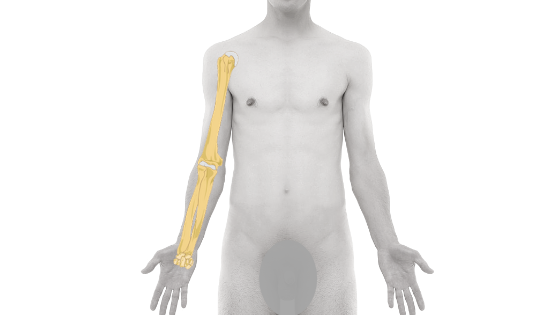
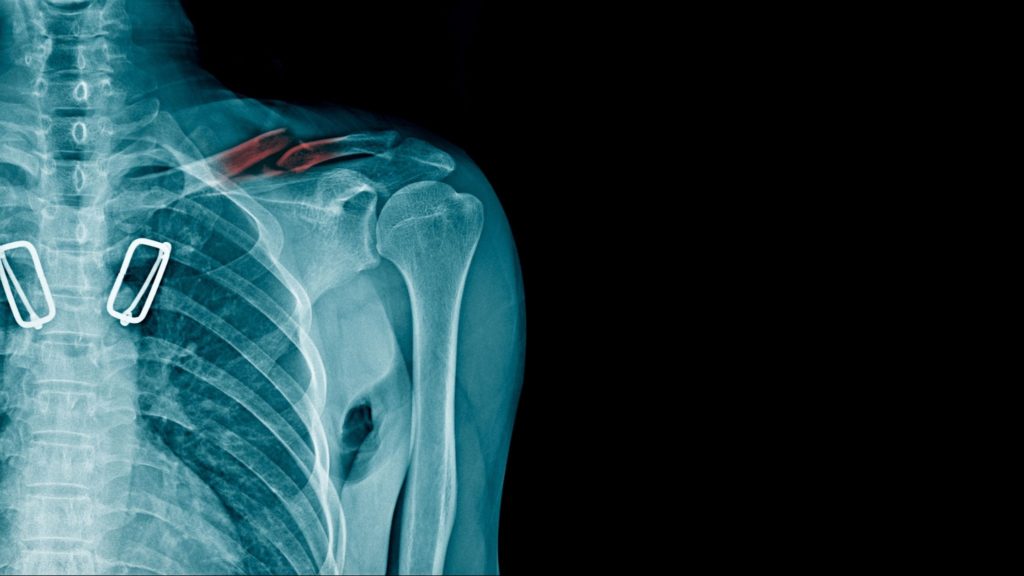
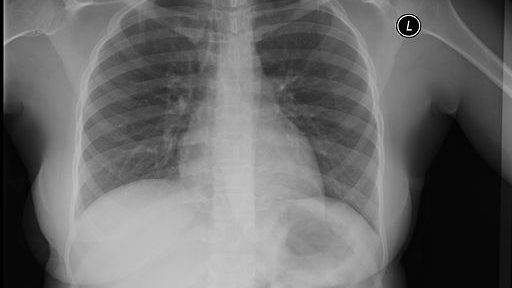
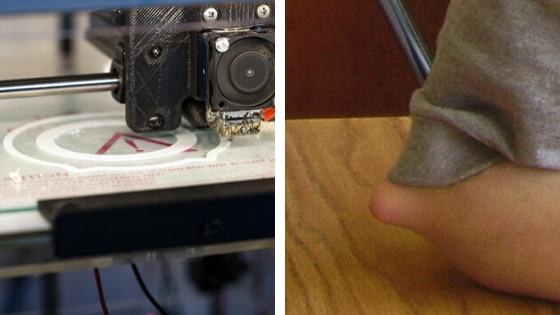
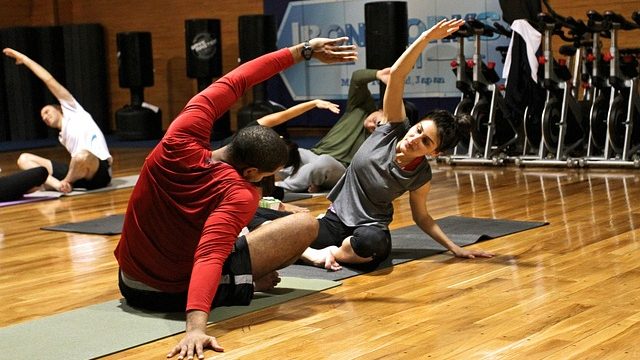
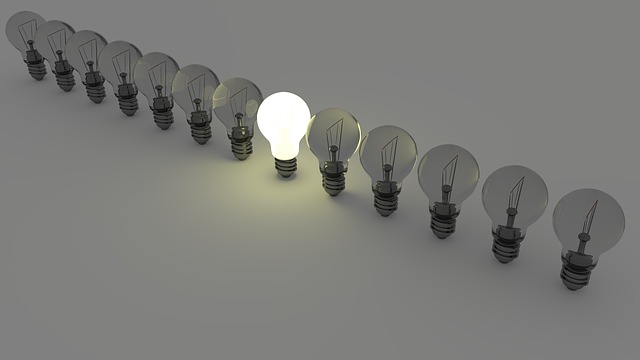
Pingback: Hot or cold water for swollen feet: Which is more effective?
Pingback: Cryotherapy & its Benefits Risks|How to Apply : Physiosunit